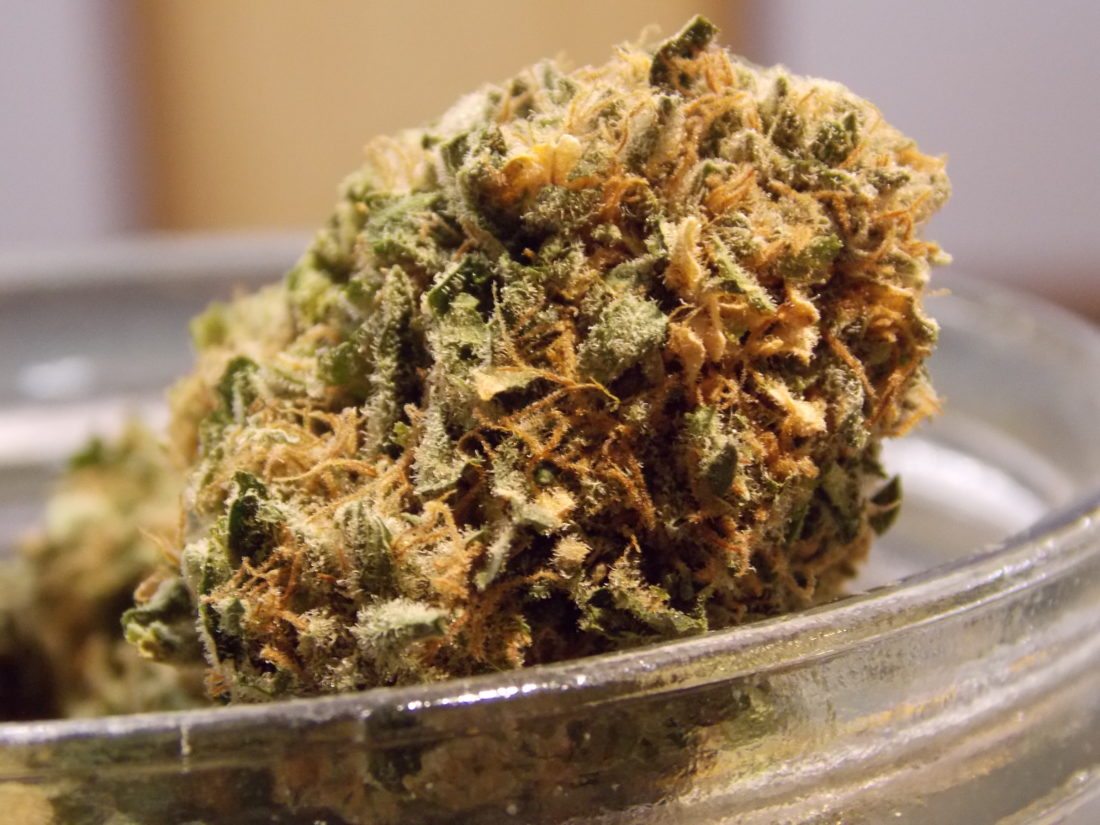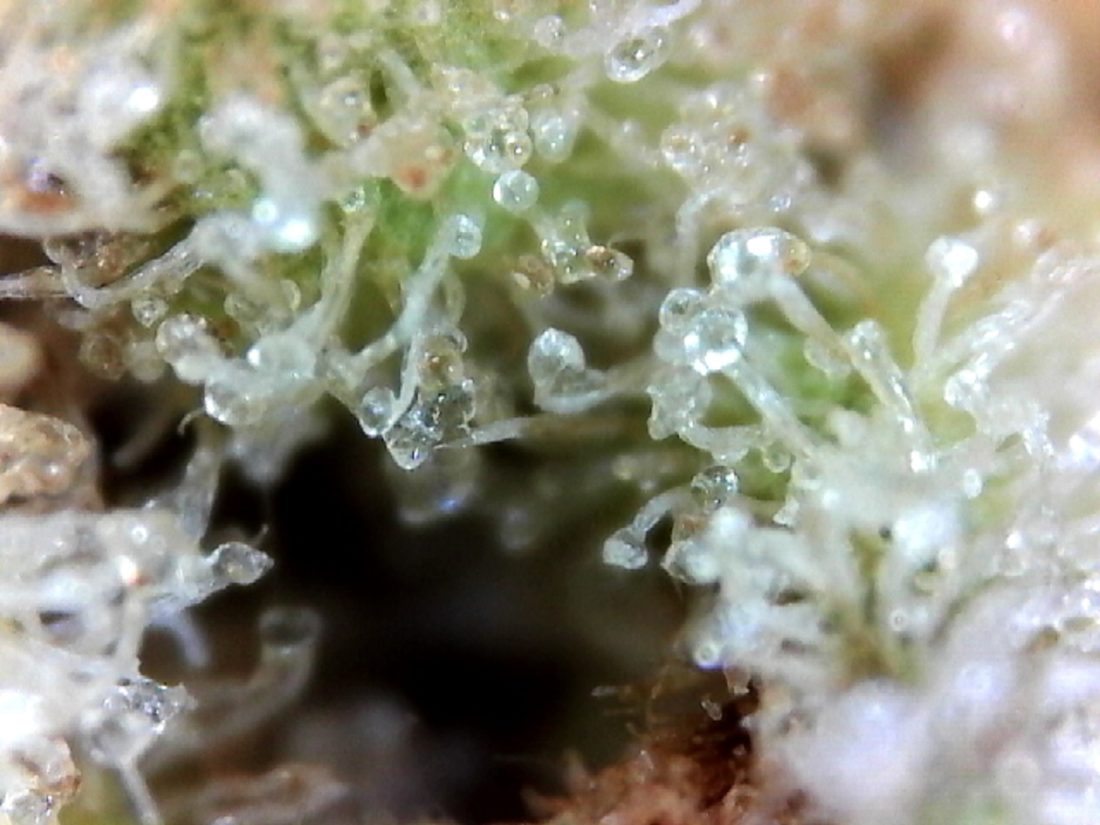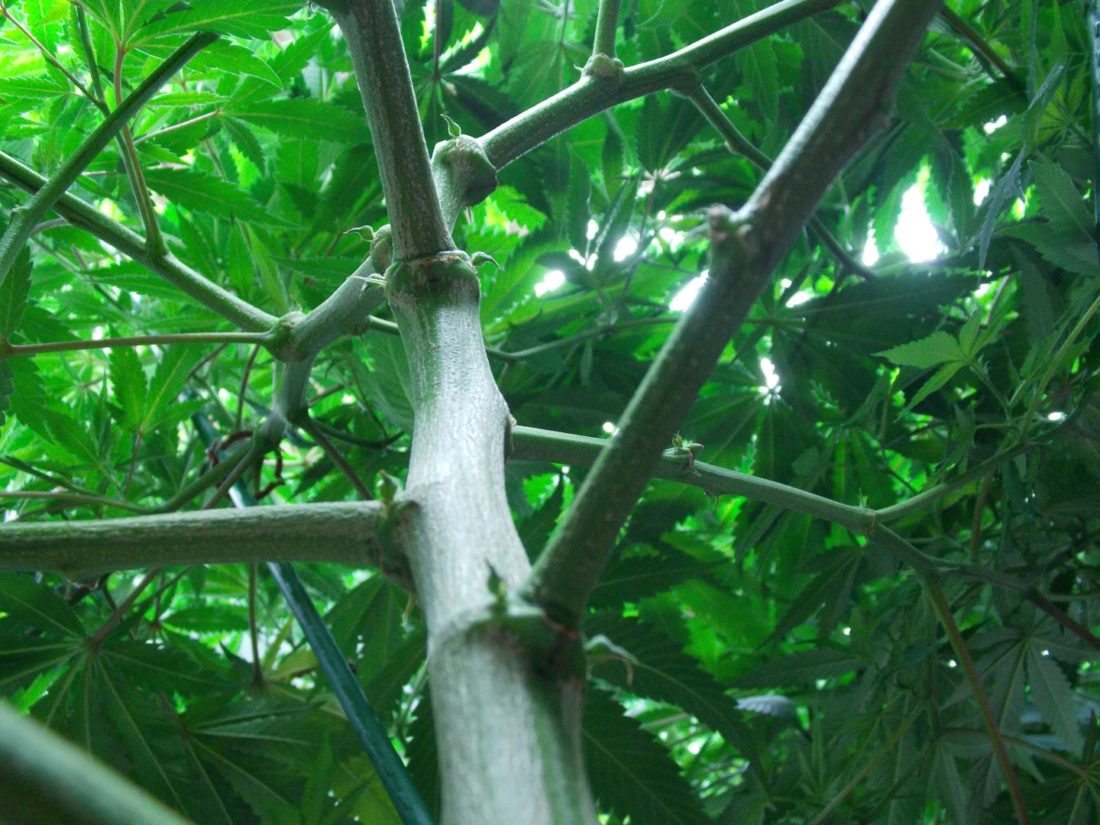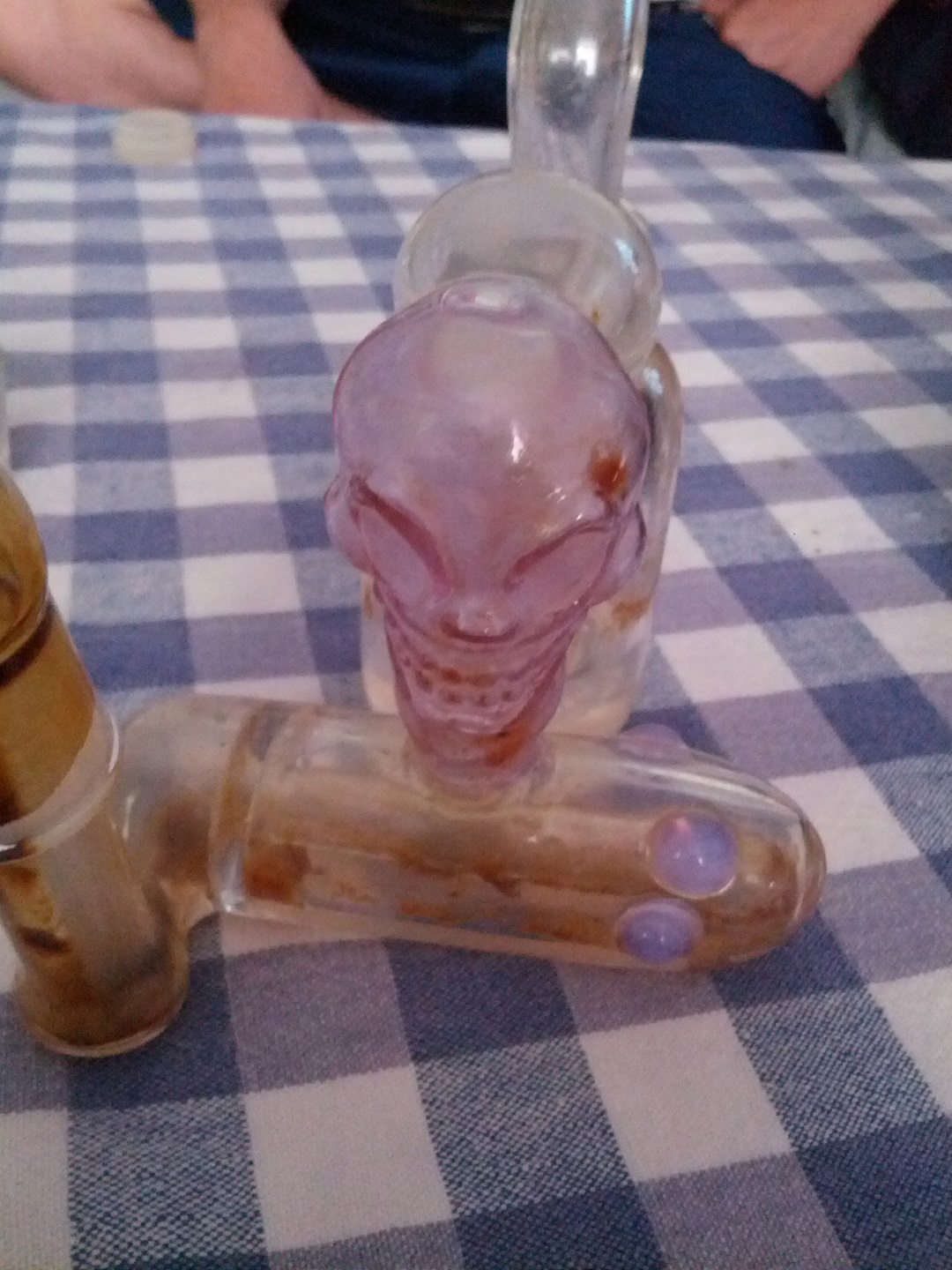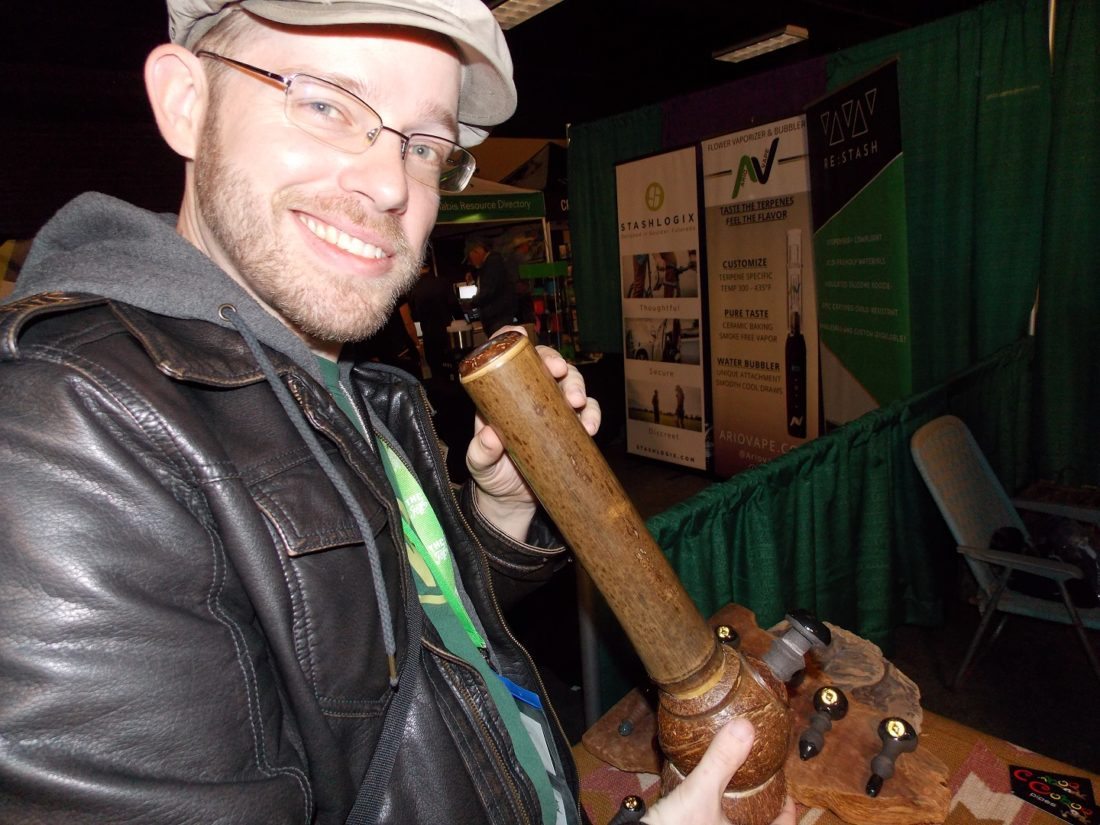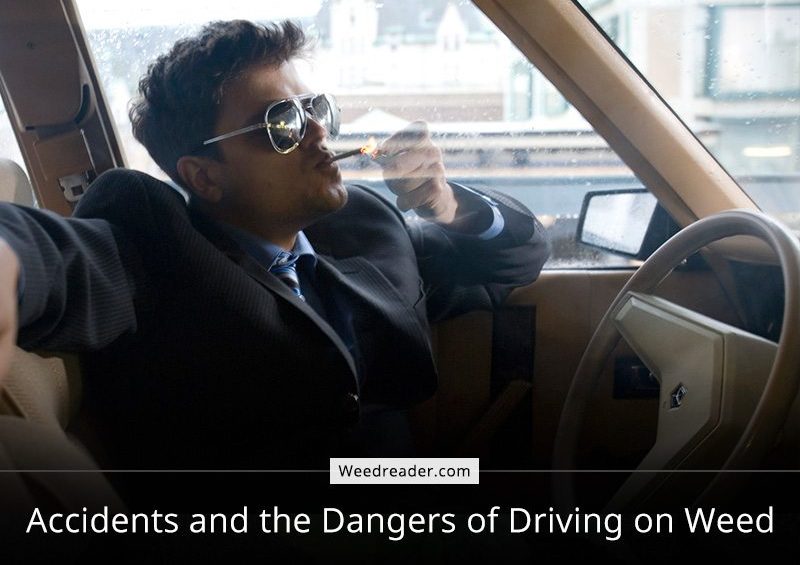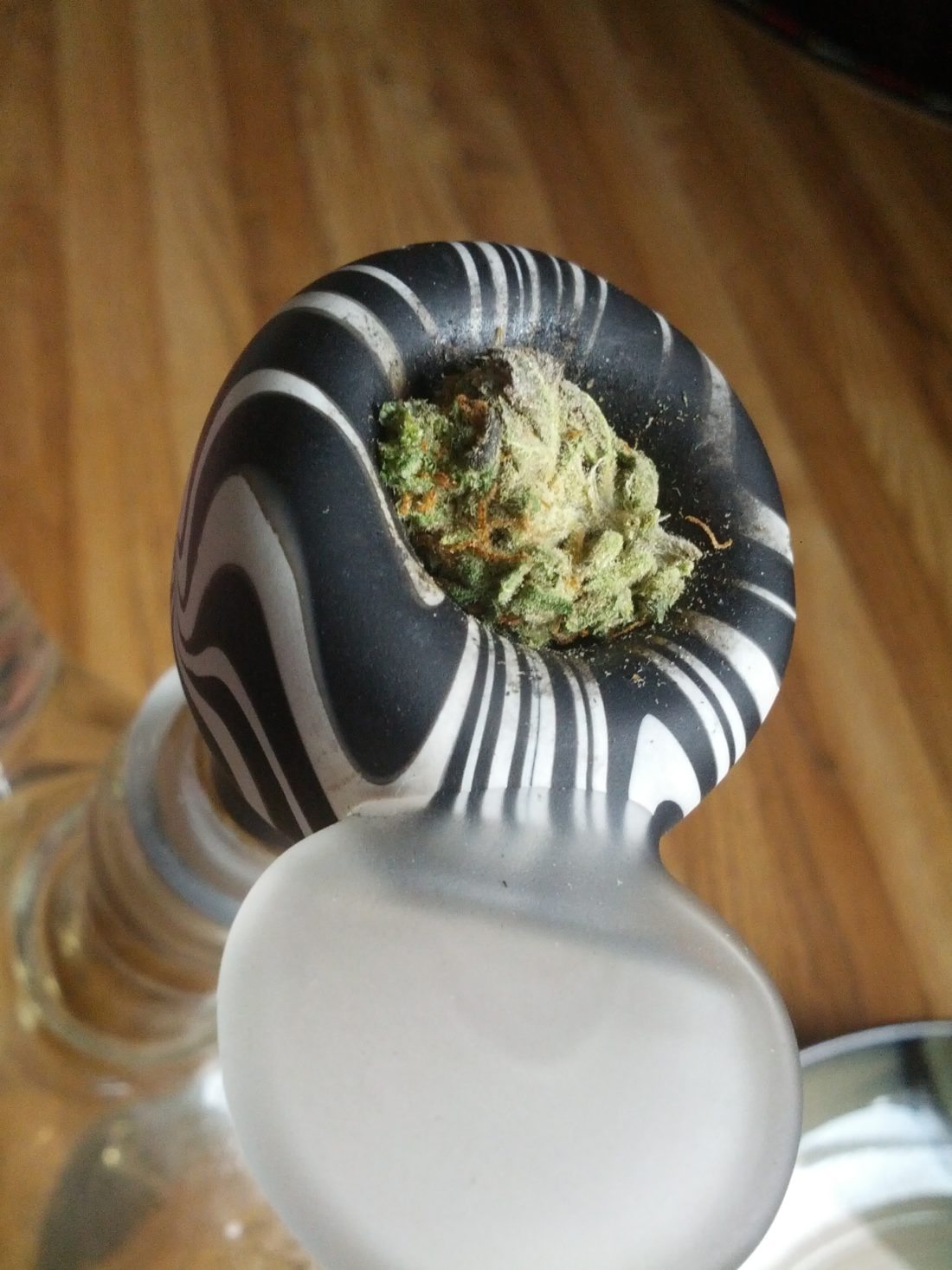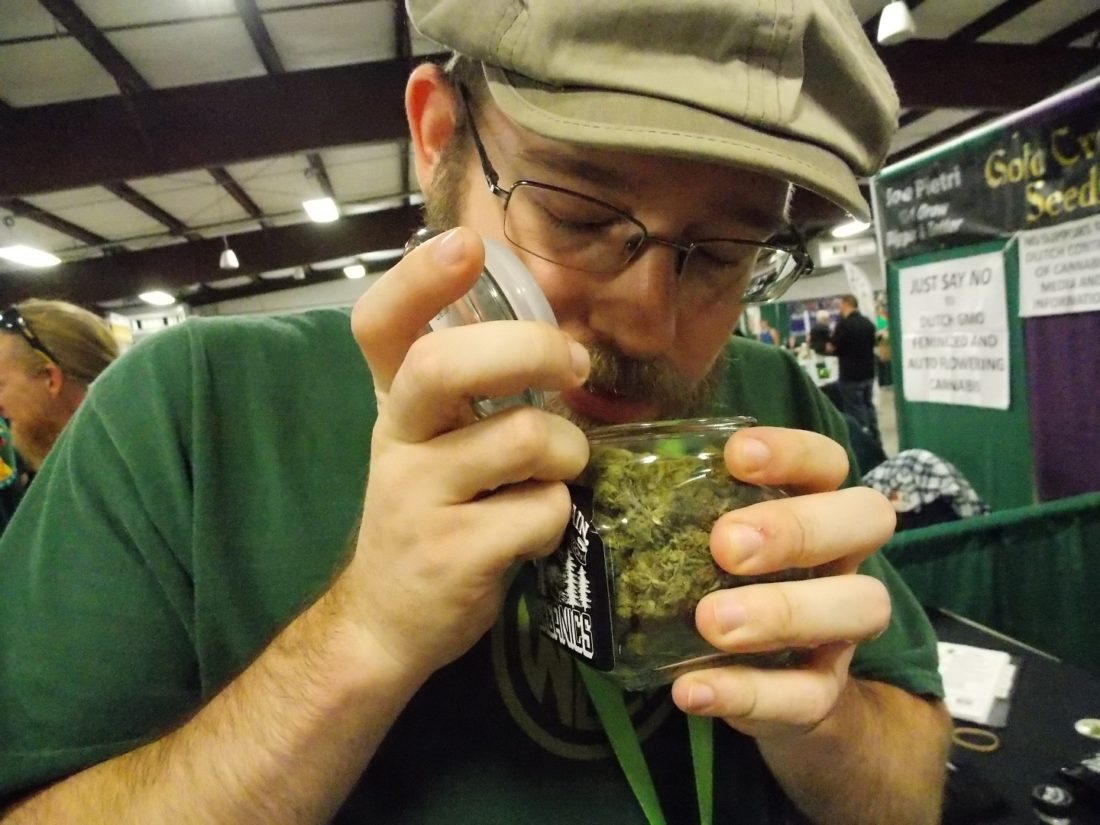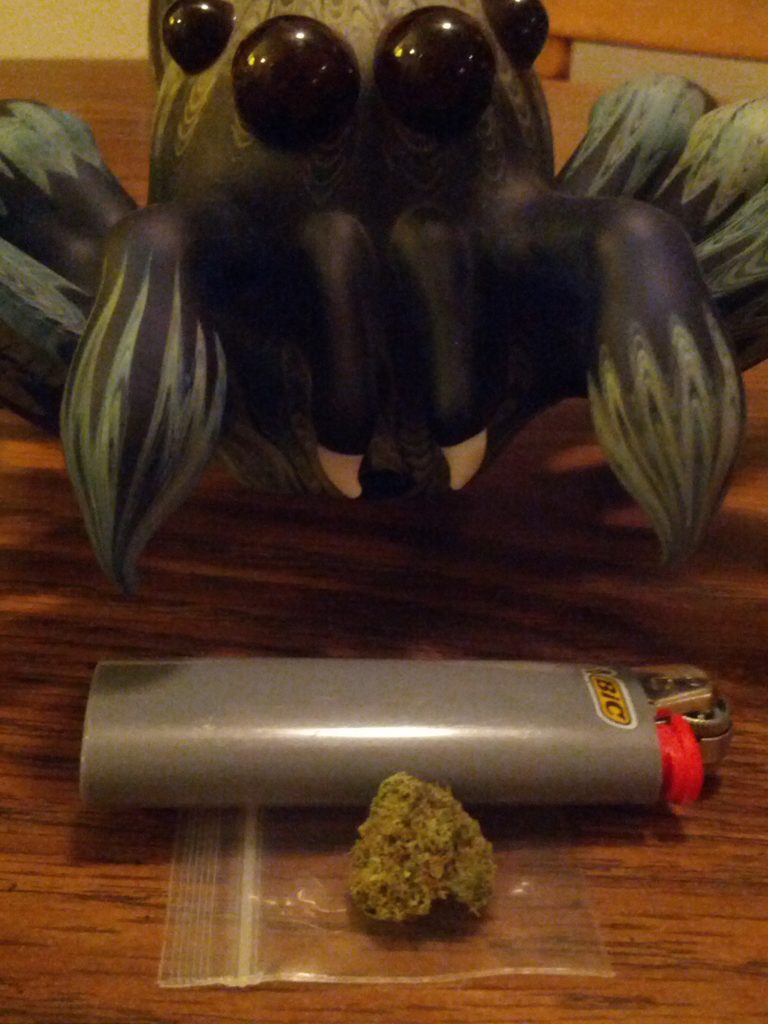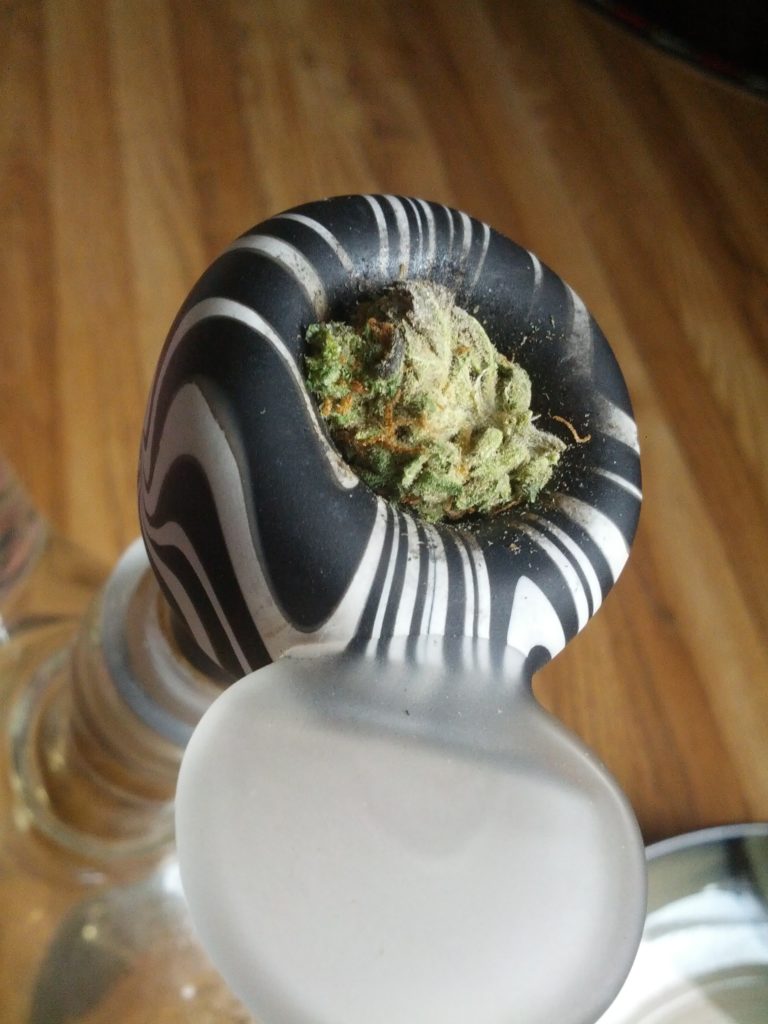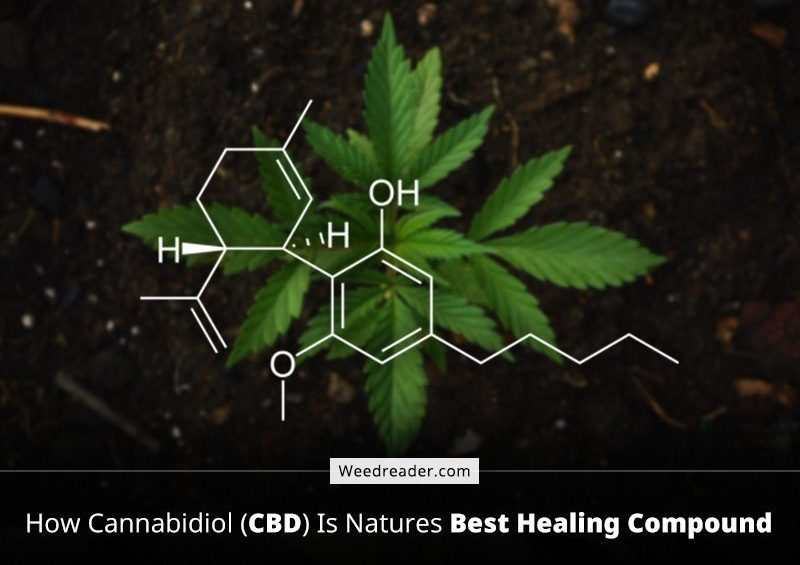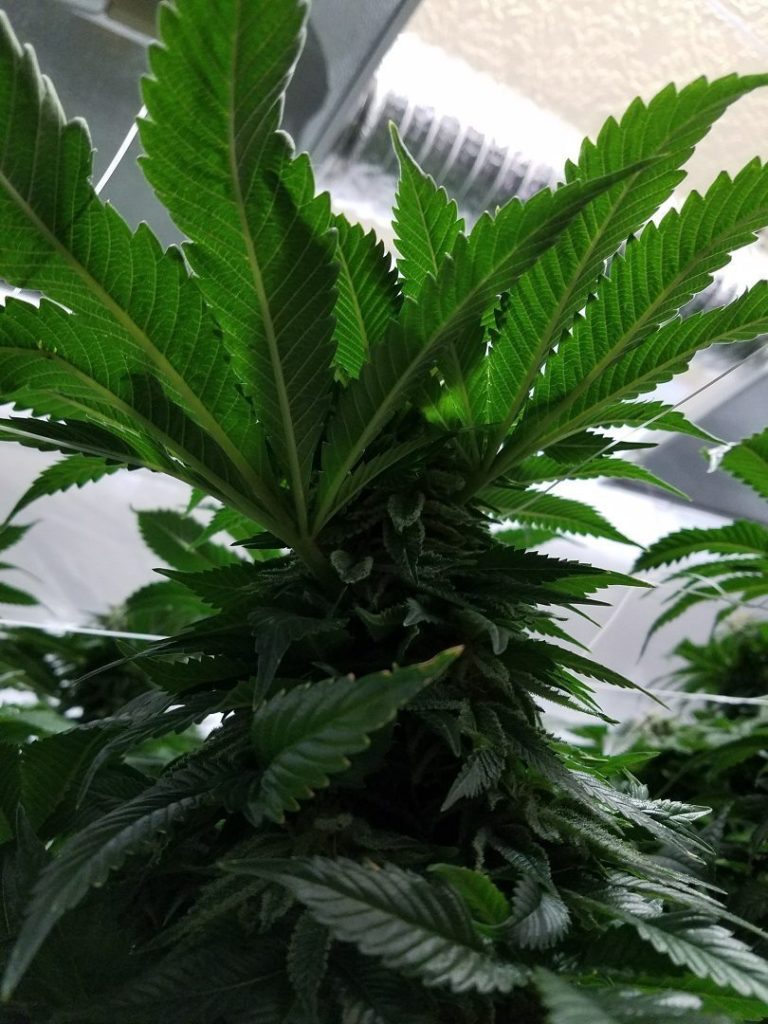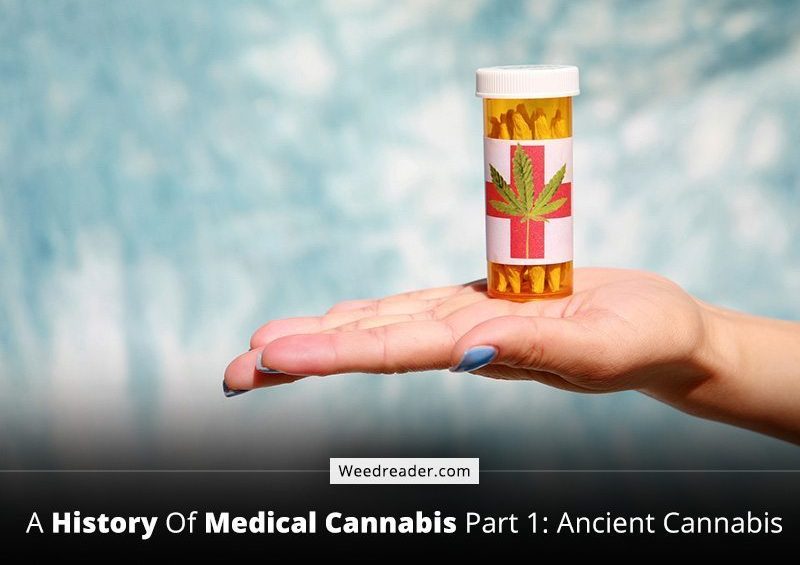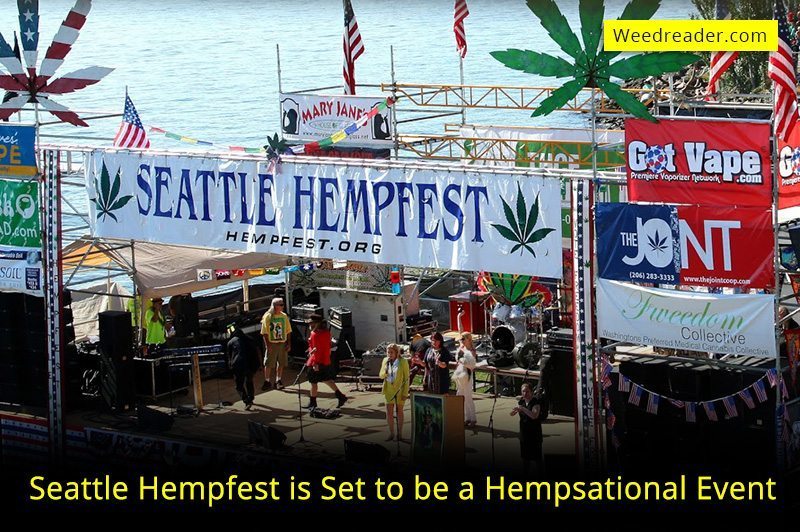Can you imagine flying in a hemp airplane?
The idea of a hemp airplane isn’t as far fetched as it might seem. Modern airplanes use special composite fabrics and a liquid epoxy in construction. Fiberglass and carbon fiber are the most common materials in aviation but any fabric works.
There are many reasons to use a given material. Carbon fiber is super light, but is prohibitively expensive. Fiberglass is weaker and heavier than carbon fiber, but it is far cheaper. But both materials come with heavy environmental costs over the course of their lifetime.
Hemp is heavier than carbon fiber but it is lighter than fiberglass, a favorite material of the aerospace industry. The thin strands are actually 10x stronger than steel, meaning building with it takes less material which saves weight. The manufacturing process for hemp is also carbon positive, meaning it reduces the overall level of greenhouse gases.
One stoner made a pot plane his mission.
Derek Kesey is the CEO of Hempearth Group Ltd and the face of the hemp plane. He founded the company in 2012 to explore hemp-based products that can benefit humanity. Kesey kicked things off with an Indiegogo campaign to design the 4-passenger hemp plane and followed it up with investing.
But Kesey didn’t always want to build hemp planes. A former organic-restaurant owner based in Ontario, he dabbled in music and internet marketing in the past. He has also pursued new hemp-based opportunities like hemp-based fuel and launching a cryptocurrency while developing the aircraft.
The extra projects haven’t stopped the hemp plane from moving forward though. As the first commercial airplane to be built entirely out of hemp products, it has everyone doing fly-by’s. It also plans to make headlines when she takes her inaugural flight at the Wright Brothers memorial in Kitty Hawk, North Carolina.
It really is a hemp airplane.
In addition to making the hard exterior shell and fuel out of hemp, the team tried to work hemp into everything they could. Things like the engine and landing gear have special requirements that prevent using hemp. But the engineers managed to get the final total to just over 75% hemp.
Wanting to make the project truly sustainable, Kesey and his team decided to ditch the traditional fuel. With oil reserves across the globe dwindling, standard options don’t make long-term sense. Instead of running on fossil fuels, the hemp plane uses Hempearth hemp oil to get airborne.
Sourcing genetics from Canada and setting up a chemistry lab in Costa Rica, Hempearth worked hard to fine tune their recipe. But now that the formula is set, they stand to revolutionize the fuel industry. If the process is cost effective going into the future, it will change the world.





